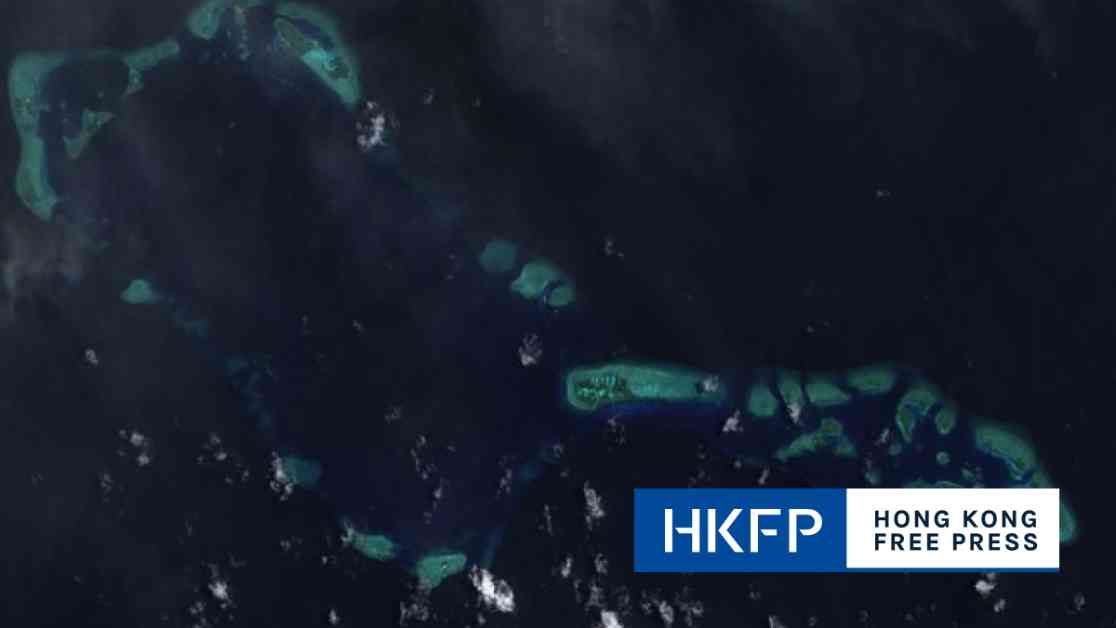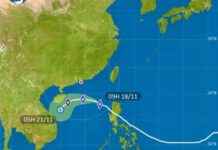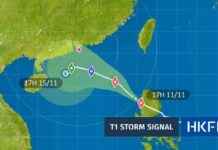Philippines Asserts Sovereignty Over Disputed Reef Amid Standoff With China
The Philippines has stood firm in asserting its sovereignty over the Sabina Shoal in the South China Sea, despite a recent decision to withdraw a ship stationed there following a prolonged standoff with China. The situation escalated when Manila deployed the coast guard flagship BRP Teresa Magbanua to Sabina Shoal in April to prevent Beijing from constructing an artificial island, a tactic China has employed in several other disputed areas within the region.
However, the ship was unexpectedly called back to Palawan in the western Philippines. The reasons cited for the withdrawal included damage sustained from a previous clash with Chinese vessels, crew members falling ill, depleting food supplies, and adverse weather conditions. Despite this move, Philippine Coast Guard spokesman Commodore Jay Tarriela emphasized in a news conference on Monday that the country had not relinquished its claim over Sabina Shoal. He reaffirmed that the area remains within the Philippines’ exclusive economic zone.
The ongoing dispute over Sabina Shoal is part of the broader territorial claims in the South China Sea, where Beijing asserts sovereignty over most of the region, including the contested area. The international community, however, has cast doubt on China’s claims, with an international tribunal ruling against its assertions.
Tensions have escalated in recent months as Chinese vessels have engaged in aggressive actions towards Philippine government ships in Sabina and other disputed territories. These actions have included ramming, blocking, using water cannons, and even boarding Philippine vessels, resulting in damage and injuries. The aggressive maneuvers by China have raised concerns that the United States, a military ally of the Philippines, could be drawn into a potential armed conflict with China.
The challenges faced by the crew of the BRP Teresa Magbanua further illustrate the difficulties encountered in asserting control over the disputed area. Chinese vessels obstructed resupply missions, and the ship’s water desalinator malfunctioned, forcing the crew to rely on rainwater for drinking for an extended period. Additionally, the crew’s food supply was limited, leading to a diet primarily consisting of porridge for several weeks, which raised concerns about their nutrition and well-being.
Despite the withdrawal of the ship from Sabina Shoal, China’s coast guard has asserted its sovereignty over the area and warned the Philippines against provocative actions. The Chinese coast guard emphasized Beijing’s claim over Sabina and stated its intention to continue enforcing its presence in the region through law enforcement activities.
In response to China’s assertions, Commodore Tarriela reiterated that the Philippines’ retreat from Sabina Shoal was not a sign of defeat. He rejected comparisons to the loss of the Scarborough Shoal to China in 2012 after a similar standoff, emphasizing that it would be challenging for China to prevent Philippine vessels from navigating around Sabina Shoal. Tarriela also hinted at the deployment of additional coast guard vessels to the area to safeguard Philippine interests.
The United States has voiced its support for the Philippines in the ongoing dispute, condemning China’s aggressive tactics to assert its claims. State Department spokesman Matthew Miller emphasized the importance of upholding international law and the freedom of navigation in the South China Sea. He affirmed the Philippines’ right to operate its vessels in the region and urged all parties to resolve disputes peacefully and in accordance with established norms.
Sabina Shoal, located west of Palawan and far from major Chinese landmasses, remains a focal point in the territorial disputes in the South China Sea. The standoff between the Philippines and China over the area underscores the complex geopolitical dynamics at play in the region and the challenges faced in upholding maritime sovereignty.
Amidst the ongoing tensions, the Philippines continues to assert its sovereignty over Sabina Shoal, signaling its determination to safeguard its territorial claims in the South China Sea. The situation remains fluid, with both sides maintaining their positions as the international community closely monitors developments in one of the world’s most contested maritime regions.



















